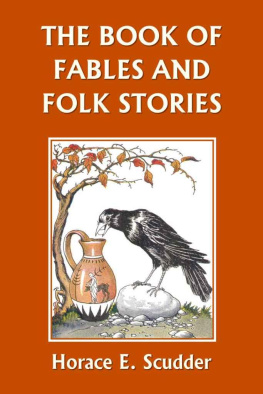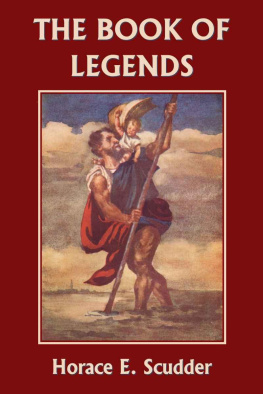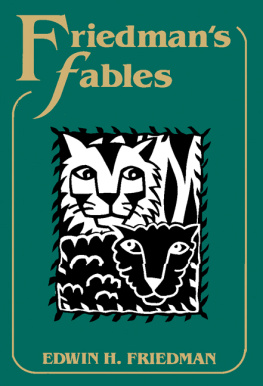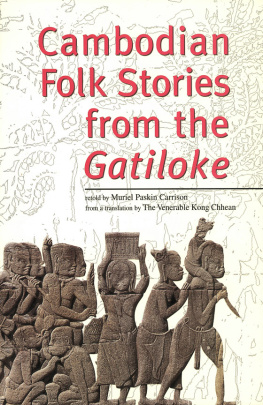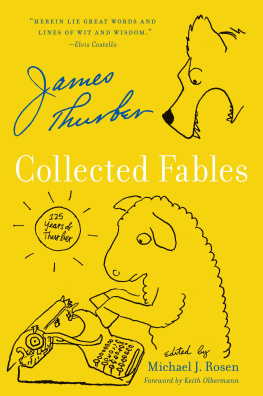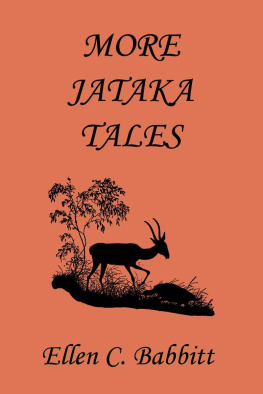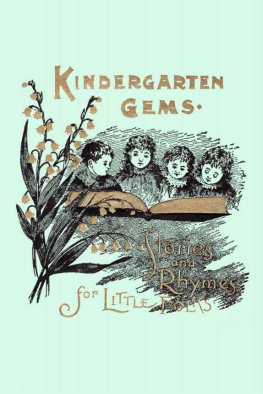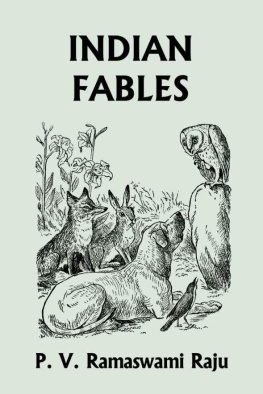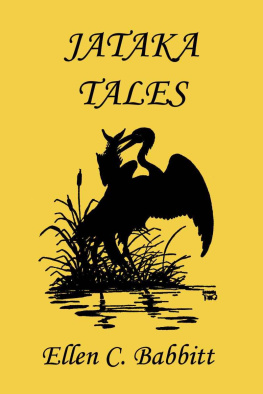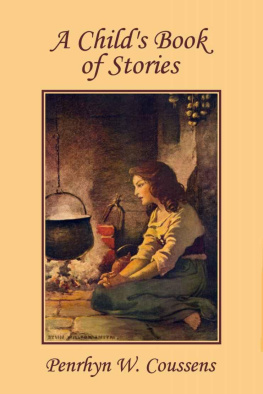Horace E. Scudder - The Book of Fables and Folk Stories
Here you can read online Horace E. Scudder - The Book of Fables and Folk Stories full text of the book (entire story) in english for free. Download pdf and epub, get meaning, cover and reviews about this ebook. year: 2006, publisher: Yesterdays Classics, genre: Art. Description of the work, (preface) as well as reviews are available. Best literature library LitArk.com created for fans of good reading and offers a wide selection of genres:
Romance novel
Science fiction
Adventure
Detective
Science
History
Home and family
Prose
Art
Politics
Computer
Non-fiction
Religion
Business
Children
Humor
Choose a favorite category and find really read worthwhile books. Enjoy immersion in the world of imagination, feel the emotions of the characters or learn something new for yourself, make an fascinating discovery.
- Book:The Book of Fables and Folk Stories
- Author:
- Publisher:Yesterdays Classics
- Genre:
- Year:2006
- Rating:3 / 5
- Favourites:Add to favourites
- Your mark:
- 60
- 1
- 2
- 3
- 4
- 5
The Book of Fables and Folk Stories: summary, description and annotation
We offer to read an annotation, description, summary or preface (depends on what the author of the book "The Book of Fables and Folk Stories" wrote himself). If you haven't found the necessary information about the book — write in the comments, we will try to find it.
The Book of Fables and Folk Stories — read online for free the complete book (whole text) full work
Below is the text of the book, divided by pages. System saving the place of the last page read, allows you to conveniently read the book "The Book of Fables and Folk Stories" online for free, without having to search again every time where you left off. Put a bookmark, and you can go to the page where you finished reading at any time.
Font size:
Interval:
Bookmark:
All rights reserved. No part of this book may be reproduced or retransmitted in any form or by any means without the written permission of the publisher.
This edition, first published in 2010 by Yesterday's Classics, an imprint of Yesterday's Classics, LLC, is an unabridged republication of the work originally published by Houghton Mifflin Co. in 1915. This title is available in a print edition (ISBN 978-1-59915-127-4).
Yesterday's Classics republishes classic books for children from the golden age of children's literature, the era from 1880 to 1920. Many of our titles are offered in high-quality paperback editions, with text cast in modern easy-to-read type for today's readers. The illustrations from the original volumes are included except in those few cases where the quality of the original images is too low to make their reproduction feasible. Unless specified otherwise, color illustrations in the original volumes are rendered in black and white in our print editions.
In preparing this illustrated edition of the Fables and Folk Stories the aim has been to make the book more attractive, and so simple that it will appeal to a younger class of readers. Children in their second year of school can read understandingly and enjoy these short stories that have stood the test of centuries. The easier and more familiar of these tales have been placed first; those with the larger and more difficult vocabulary later. It is hoped that by this grading of the material the book can be used successfully one school year earlier than the edition from which this is made. The author's language has been retained in so far as practicable.
Lists of such words as are not likely to occur in the readers of the first grade have been added to aid teachers in the preparation of their work. By a judicious use of these lists before the lesson is read, none of the stories will present any serious difficulty to second-grade pupils.
C ARLES H. M ORES
M EDFORD, M ASS., April, 1906.
As soon as a child has learned to make out simple sentences, the wise teacher looks about for something which it is worth while to read. The primer and the reader are necessarily simple, but the simplicity is, for the most part, below the child's intelligence. Children can understand by hearing long before they can understand by reading; during the period when they are mastering the several combinations in which a boy, a rat, and a cat can be placed, and are acquiring the power of reading at sight, they are listening to books which are by no means so barren in their simplicity, and as soon as they are able to read the little stories which they find in their first readers they leave them behind.
It is interesting to note, however, that there are certain parts of their primer which they never leave behind and never forget. The Mother Goose Melodies and the proverbs which form some of the early sentences taught them, the quaint nursery tales like The Story of Chicken Licken, The Old Woman and Her Pig, The Three Bears,these they remember and separate from the chaff of the ordinary reading exercises by the winnowing fan of their spiritual judgment. They perceive, even thus early, what is literature and what is not literature; they hold to that, and discard this.
Literature, for the sake of which the art of reading is acquired, is never left behind, and it becomes of importance to give children, as soon as may be, enduring forms on which they may exercise their newly acquired power, and in which they may take the first draughts of a pleasure as genuine as any to be enjoyed when they come into the full possession of their blossoming faculty of imagination.
There are two forms of literary art which belong rightfully to the early period of childhood: the Fable and the Folk Story. The fable is oriental, and it is antique. It is also exceedingly current and universal as a coin of speech. The man and the boy both use it, and while in its full form it seems most capable of giving pleasure to the child, its conventionalism enables the mature mind to accept it without any sense of condescension to childish things. It is the most perfect literary instrument of association between the young and the old, and becomes therefore by right the first possession of children in literature.
There are good reasons, from its structure, why the fable should be adapted to the use of children. In the first place, it is short; the child has the pleasure of reading an entire story at one sitting. Then it is of animals, and animals are the natural companions of the child. Again, it is interesting and novel; it appeals to his imagination, for it represents the animal as having human properties; and it suggests a plain moral. It is true, the morality of the fable usually is a prudential one, but prudence is a virtue which comes early in the lessons of life. We may rest with confidence in the worth of stories which have been tested by generations and centuries of use.
The child, therefore, who reads the classic fables has begun his acquaintance with permanent literature. He is reading what the world has chosen to remember. He is applying his new powers to that which is worth while. He is beginning to receive the impressions, which literature has made upon human life, and the early impressions which he thus receives will never become even consciously faint. That is to say, there never will come a time in his life when the fable may not still give him pleasure; but the time already has come when the reading-book which he read last week no longer can excite his interest or hold his attention. Every one will recognize the important step which a child has taken when he has entered the current of the world's lasting literature.
The folk-story is more exclusively the child's, and is shared by older people rather through memory and association than by continued use. Every people of Europe, and the Americans by composite inheritance, have a body of household tales which, whatever their antiquity, have become the peculiar possession of Christendom. Scholars have made comparative studies of these tales, but they have based such studies upon the stories as they have been transmitted, not so much through books as through recital, from mother to child, in the course of generations. While poets were forming the literature which fills our libraries, the unlettered people were repeating to each other these familiar, poetic tales. Now and then some romancer would take one of them and set it forth in finer, more fantastic garb, but for the most part the form was a homely one, which did not vary greatly from one age to another.
In preparing this book for use in schools, I have drawn upon two volumes I had already published; "The Book of Fables" and "The Book of Folk-Stories," and have added others not there given. In writing out the fables, so far as they were from sop, I have endeavored to preserve the exact lines of the original story, and to use phrases which present no extraordinary difficulties to a child. It has not been my purpose to turn these fables into words of one syllable, for such words and the construction which they compel often produce an artificial effect, of greater difficulty to the young reader than the more natural arrangement of words which may happen to have two syllables or even three.
In the case of the folk stories, I have not departed knowingly from the generally accepted structure. I have tried simply to use words and constructions which present the fewest difficulties. I should like to believe that I have succeeded to some extent in thinking out these stories as a child would think them, and so have used that order and choice of words which would be the natural expression of a child's mind. By a mingling of the two forms, greater variety has been secured, and the arrangement has regard to the order of ease in reading.
Font size:
Interval:
Bookmark:
Similar books «The Book of Fables and Folk Stories»
Look at similar books to The Book of Fables and Folk Stories. We have selected literature similar in name and meaning in the hope of providing readers with more options to find new, interesting, not yet read works.
Discussion, reviews of the book The Book of Fables and Folk Stories and just readers' own opinions. Leave your comments, write what you think about the work, its meaning or the main characters. Specify what exactly you liked and what you didn't like, and why you think so.

